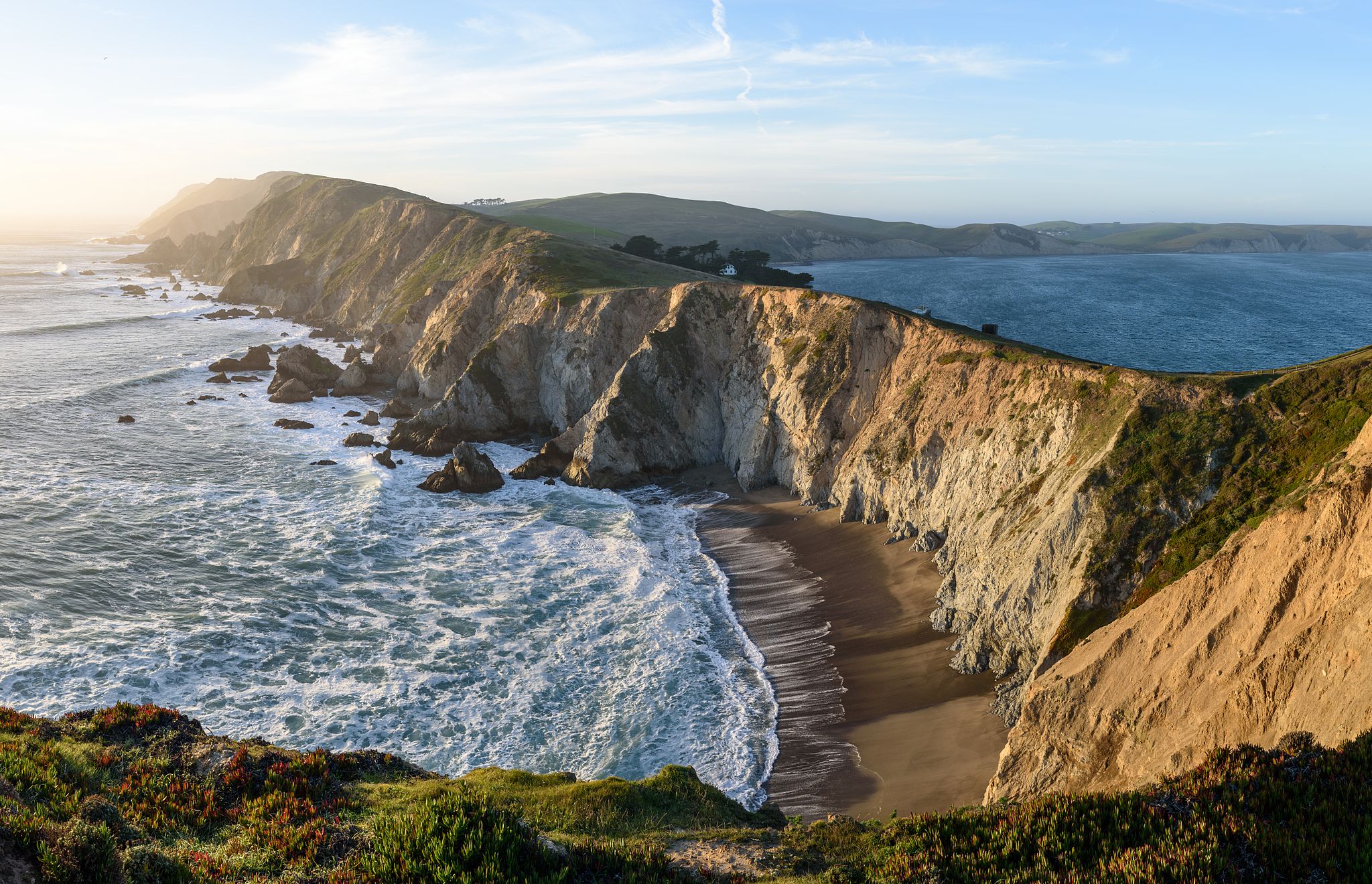Marine Animals Face the Heat of Climate Change
Climate change and marine heatwaves are dramatically impacting marine life

When you think of the West Coast you probably think of sunny beaches and easy living. But that image masks the changes occurring just offshore and under the ocean’s surface. Climate change and marine heatwaves are dramatically impacting marine life.
The West Coast experienced a remarkably long marine heatwave in 2014-2016. You or I may be able to find a shady place to hide, go for a swim or turn on our air conditioner to cool off; but marine animals don’t have these luxuries. Instead, if they want to survive, they need to move somewhere cooler.
The California coast is an ideal location to witness these geographic shifts in habitat because it’s a transition zone between temperate waters to the south and cooler waters to the north. In a recent study, researchers found that over half of the 67 species they tracked during the 2014-2016 marine heatwave—such as the sunburst sea anemone, pelagic red crab and wedge-rumped storm petrel—moved further north along California’s central coast in search of cooler water. The researchers also found that more larvae of southern species, such as the owl limpet, had moved in.
This trend isn’t unique to California either. Marine species all over the world are moving in response to warming ocean temperatures. While it’s good news for those that can relocate, it can increase competition in cooler waters between these new arrivals and those species that already live there. Southern sunburst anemones, for instance, are putting a lot of pressure on native, northern giant green anemones by not only competing for the same resources, but by actually harming the green anemones with their venomous tentacles as well
Changes in the distribution of sea creatures also impact our fisheries. As fish or shellfish move in search of cooler temperatures, they oftentimes move towards the poles or into deeper water where it’s more difficult for fishermen to catch them. Sometimes they can move out of range entirely, such as the recent appearance of market squid far to the north of their traditional south and central coast range, where fisherman are not permitted to harvest them.
Land animals deal with similar challenges in the face of climate change, but not as harshly as sea creatures that can’t hide from the heat. As climate change warms the ocean, marine animals experience body temperatures that are near their upper tolerance limit more often than land animals do. Local extinctions—when an animal disappears from specific locations instead of their whole range—of marine animals are also twice as common as they are for land animals.
To help marine animals adapt and survive, we must transition away from our reliance on fossil fuels in order to reduce our greenhouse gas emissions. Greenhouse gases, in particular carbon dioxide, are the driving force behind climate change, both on land and in the ocean. One step the U.S. can take as a nation is to follow through on our emissions reduction pledges, like the one we made as part of the Paris Agreement.
We must also make sure that the ocean is an otherwise safe place for animals to live so that they can adapt as best they can to changing temperatures. That means we need to reduce our plastic use, reduce pollution and sustainably manage our fisheries. And most importantly, we can all vote for leaders who understand and support the need to protect our ocean from the effects of climate change.